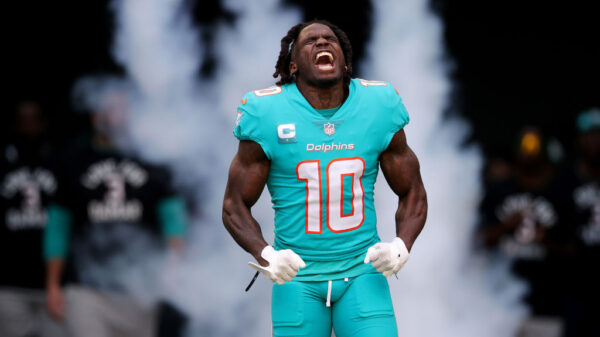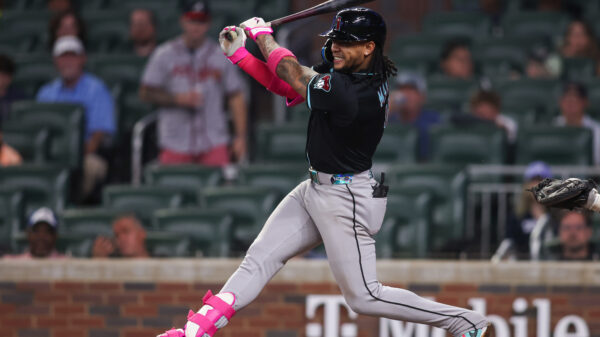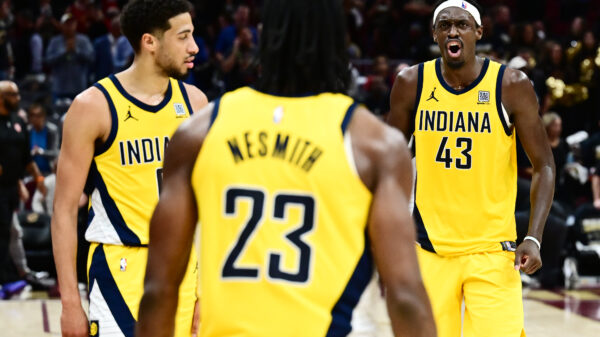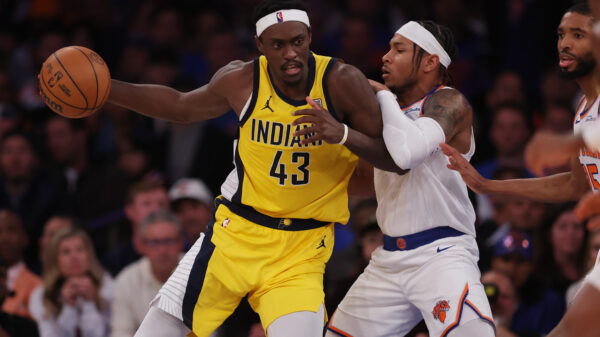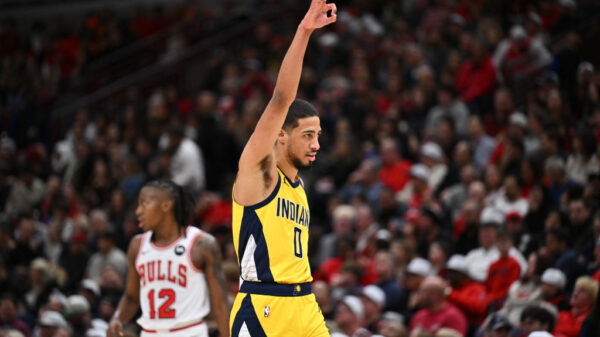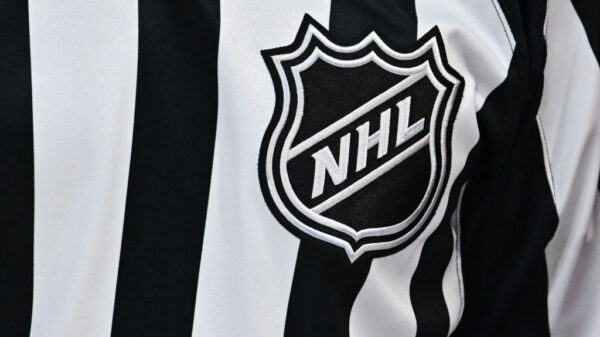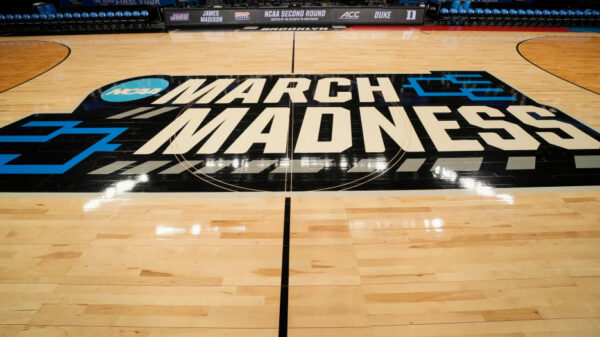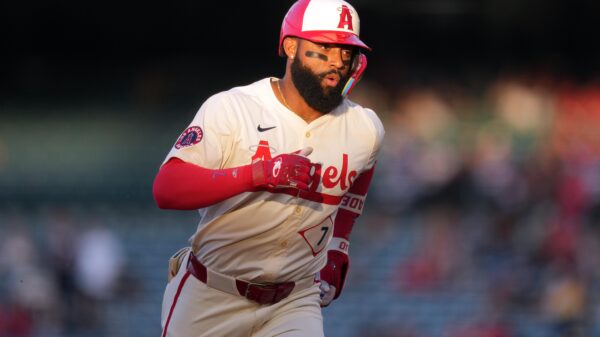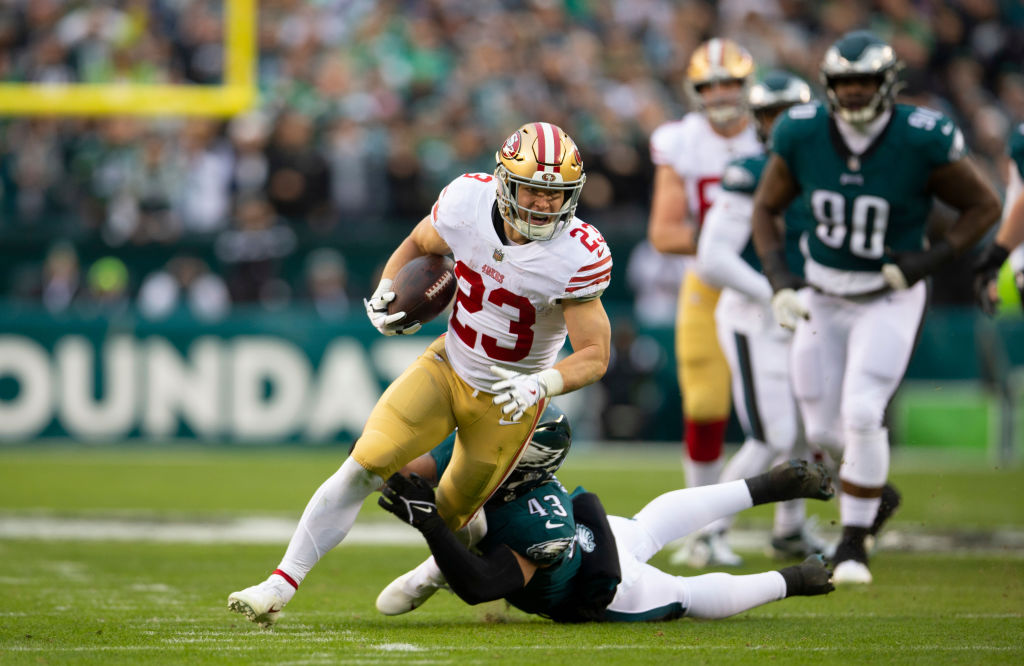The NFL regular season may be over, but that doesn’t mean the fantasy football season is! The closest thing to traditional fantasy football for the playoffs is Playoff Drafts. You draft a team before the playoffs, then rely on that same team through to the Super Bowl. Of course, not all players make it that far, so this mode is just as much about prediction which NFL teams will win as it is about drafting the best players. Let’s take a look at some basic strategies for how to maximize your chances.
Fantasy Football Playoff Draft Strategy
When building for playoff fantasy football drafts, it all comes down to where you pick, who picks ahead of you, and roster correlation. The classic strategy of taking the “best available player” looks very different when you have to pick players based on which teams you predict to play the most games. If you simply draft players with no regard for stacking, you will end up with the lowest possible ceiling. There is no hedging in playoff drafting; we take all or nothing, my friends.
Step one is to look at the NFL playoff bracket and make decisions on who you think will win each round. Because of reseeding (where the lowest-seeded remaining team always faces the #1 seed), your strategy will be completely dependent on who you predict will go through in the Wild Card round. You will need to focus on one or two teams from each division and pay attention to how the bracket will shake out in your scenarios, so you keep the players you select from playing against each other until the last possible moment.
For example, I like the Niners to go all the way. I also expect the Rams to upset the Lions in Detroit. But, unless I am also picking the Packers to defeat the Cowboys, I can not correlate a Niners stack with a Rams stack because they will get paired up against each other in the second round. By the same token, if you think all the favorites win, then the Niners will get the Eagles in the second round, so then you can’t pair the Eagles up with your Niners stack, and you would want to target either the Lions or the Cowboys for a second NFC team as your complement to the Niners.
As you can see, filling out your bracket first is the key to maximizing opportunity. I personally like to get four players from my main team stack from each conference and a backup stack of three players from each conference as well.
You must be willing to change strategy, as every single decision can be changed by your opponent’s picks. Just remember to correlate, most importantly with your quarterbacks. It is very helpful to have not only your initial bracket filled out and next to you but also a blank bracket to change the scenarios as the draft flushes out. This way you can make sure there is a path to keep your players away from playing each other a long as possible.
Player rankings aren’t as vital as they are to normal fantasy drafts, as they will fall into place as you build your stacks. I don’t take chances or dart throws if possible, and I’m not huge into taking handcuffs unless they have a role or you have a dead space on your roster.
In terms of my playoff predictions. I’m taking Miami and Los Angeles to upset, and I am leaning toward Tampa Bay as well if Baker is good to go. In that scenario, you will want SF with Tampa or Dallas on the NFC side, and a combo of Baltimore and Cleveland or Buffalo and Miami on the AFC side.
My Stacking Order
- SF
- BUF
- BAL
- CLE
- DAL
- MIA
- LAC
- TB
- DET
- PHI
- KC
- HOU
- GB
- PIT


